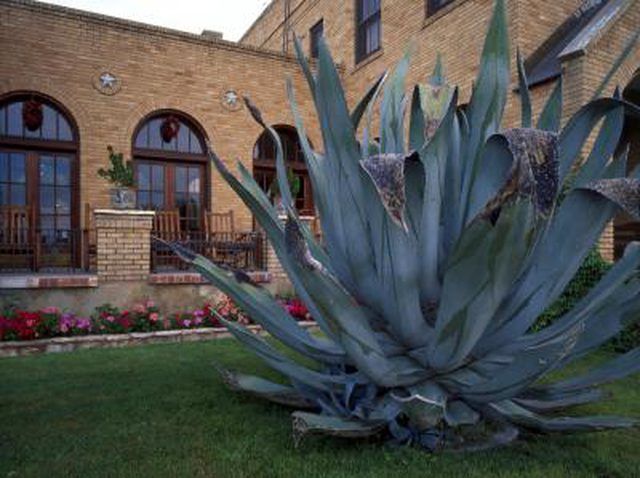Bulbs
Flower Basics
Flower Beds & Specialty Gardens
Flower Garden
Garden Furniture
Garden Gnomes
Garden Seeds
Garden Sheds
Garden Statues
Garden Tools & Supplies
Gardening Basics
Green & Organic
Groundcovers & Vines
Growing Annuals
Growing Basil
Growing Beans
Growing Berries
Growing Blueberries
Growing Cactus
Growing Corn
Growing Cotton
Growing Edibles
Growing Flowers
Growing Garlic
Growing Grapes
Growing Grass
Growing Herbs
Growing Jasmine
Growing Mint
Growing Mushrooms
Orchids
Growing Peanuts
Growing Perennials
Growing Plants
Growing Rosemary
Growing Roses
Growing Strawberries
Growing Sunflowers
Growing Thyme
Growing Tomatoes
Growing Tulips
Growing Vegetables
Herb Basics
Herb Garden
Indoor Growing
Landscaping Basics
Landscaping Patios
Landscaping Plants
Landscaping Shrubs
Landscaping Trees
Landscaping Walks & Pathways
Lawn Basics
Lawn Maintenance
Lawn Mowers
Lawn Ornaments
Lawn Planting
Lawn Tools
Outdoor Growing
Overall Landscape Planning
Pests, Weeds & Problems
Plant Basics
Rock Garden
Rose Garden
Shrubs
Soil
Specialty Gardens
Trees
Vegetable Garden
Yard Maintenance
How to Harvest Agave Nectar
How to Harvest Agave Nectar. Although an agave plant is cactus-like it belongs with the same family of Lilies and Aloes, and is of the family of Agavaceae. The nectar from which tequila is produced comes from the blue agave. It is from this agave that many farmers harvest the finest nectar in the world. This isn't an easy process. However, the...

Although an agave plant is cactus-like it belongs with the same family of Lilies and Aloes, and is of the family of Agavaceae. The nectar from which tequila is produced comes from the blue agave. It is from this agave that many farmers harvest the finest nectar in the world. This isn't an easy process. However, the countless beneficial qualities of the agave nectar makes it worthwhile to harvest. Agave nectar is so versatile that not only is it taken for medicinal purposes, but is also used as an additive for delicious desserts.
Things You'll Need
Coa (long hoe)
Machete
Trowel
Container
Gloves
Ladle
Siphon
Strainer
Identify the madre(mother) among the agave plants. The madre or mother is the mature agave plant from where nectar is to be harvested. The madre agave plants have already reached the height of about seven to 12 feet.
Shear off the thorns from the leaves of the agave plant. Use a machete to do this. Cut from the bottom of the leaf all the way up to the tip. Do this to all the leaves that you will come in contact with as you get your way to the center of the plant.
Cut the leaves surrounding the center until you get to the center of the plant. You will find a long bulb like in the center of the plant. Do not try to pull it with your hands. Instead, use the machete and cut it from the bottom. As you peel leaves from the center you will then find a long white stalk called as Corazon or heart. Pull it towards you and set that aside. It weighs about 36 to 75 kilos.
Dig the base of the agave plant. Use the machete to take the hard surface of the base. You may use the ladle or a trowel as the spade and dig deep. Take the white meat out until you see juice coming out from the hole where the heart used to be.
Wait until the juice or nectar comes out from the hole. When the hole has been filled you may then use the siphon to get the nectar out of the hole. As you transfer the nectar to a bucket or a container use the strainer to filter the nectar.
Tips & Warnings
Sharpen your tools first before starting your agave nectar harvest. The harvest seems easy, but only because the jimadors have experience in the work. You can use the nectar directly on your food as a sweetener which makes it an ideal honey substitute.
Wear protective gloves at all times when participating in the harvest.
Avoid getting pierced by the needle-like thorns of the agave. The natives use these thorns as their needles and for a good reason they are very sharp.